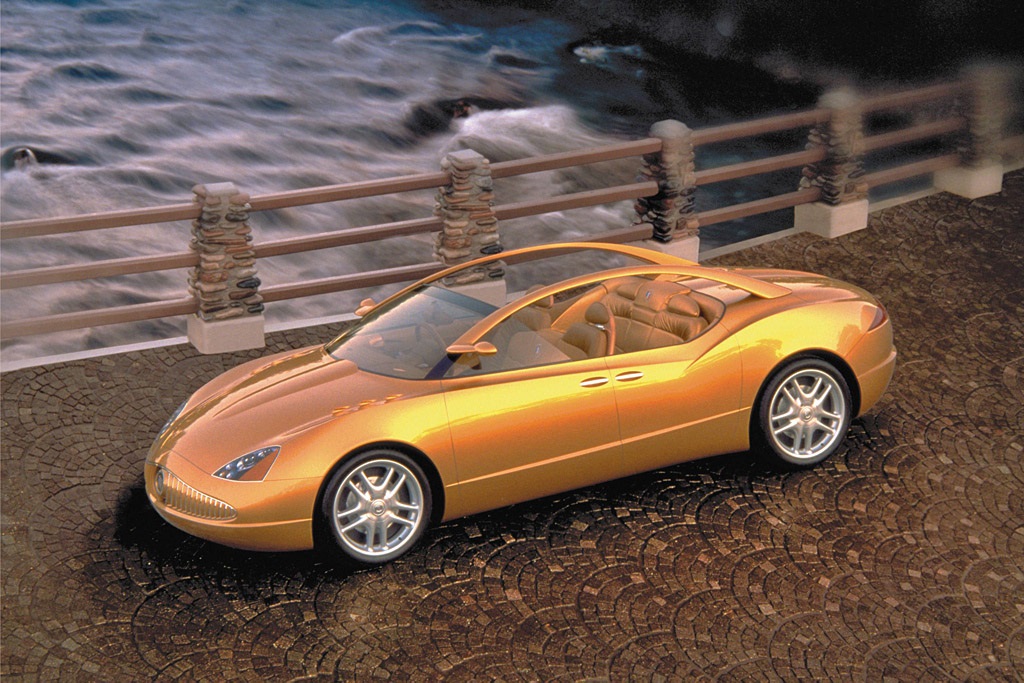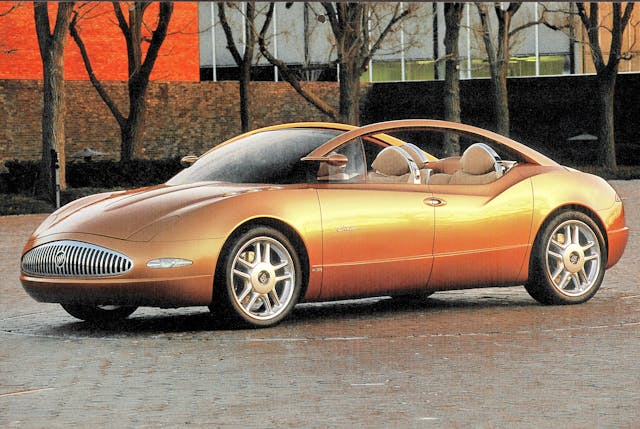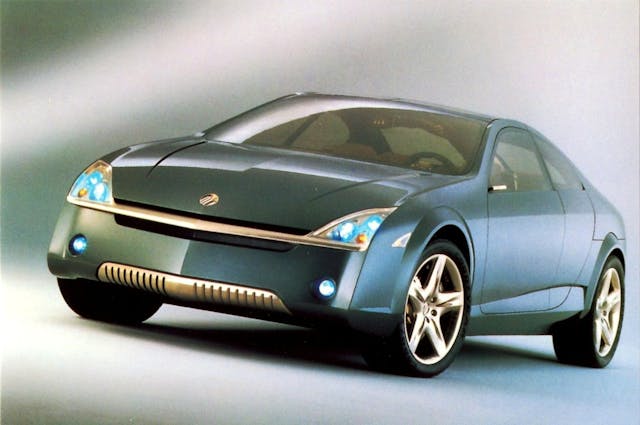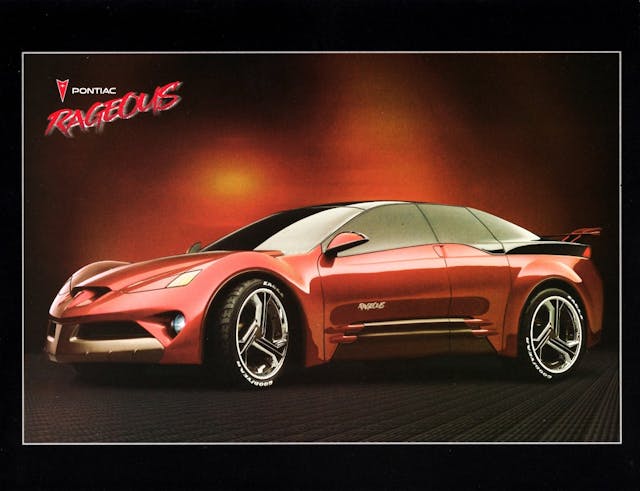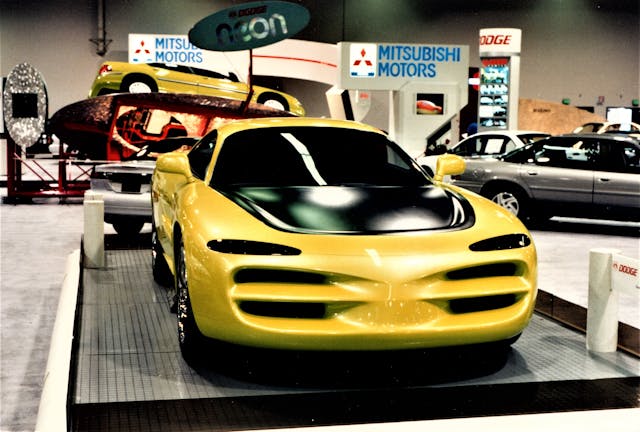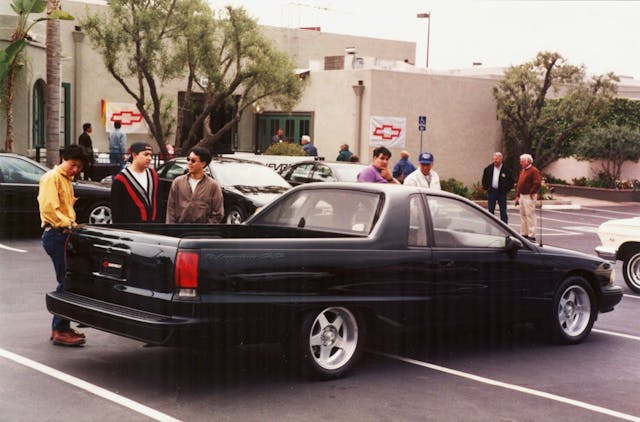Buying a car is an exciting journey, filled with possibilities but also peppered with potential pitfalls, especially for first-time buyers. The process can seem daunting, given the vast array of options, financial considerations, and the long-term commitment to the chosen vehicle. This guide is designed to simplify the car-buying journey, offering practical tips to navigate the market, make informed decisions, and ultimately find the perfect car that meets your needs and budget. These strategies will help ensure a smoother, more enjoyable car-buying experience.
Know Your Budget
Before diving into the sea of car options, it’s crucial to have a clear understanding of your budget. This includes not only the purchase price but also the ongoing costs of ownership such as insurance, maintenance, and fuel. A realistic budget will narrow down your options and keep your financial health in check. For instance, opting for a used Hyundai Sonata in Saskatchewan might offer the balance of affordability, reliability, and features you’re looking for, without stretching your budget too thin.
When considering your budget, also think about financing options. If you plan to take out a loan, get pre-approved to understand how much you can afford and to streamline the buying process. This can also give you leverage during negotiations, as you’ll be seen as a serious buyer with financing already in hand.
Research Thoroughly
The importance of research cannot be overstated. Start by listing what you need in a car: size, performance, features, safety ratings, fuel efficiency, and reliability. Use online resources, consumer reports, and forums to gather information on models that fit your criteria. This is also the time to read up on common issues or recalls associated with models you’re interested in, which can save you from future headaches.
Next, explore ownership costs for your shortlisted models. Some cars may have a lower purchase price but higher maintenance costs or less favorable fuel efficiency. Websites and tools that calculate the total cost of ownership over time can provide valuable insights here, helping you make a more informed decision.
Test Drive and Inspect
Once you’ve narrowed down your options, it’s time to get behind the wheel. Test driving is not just about seeing if you like the car; it’s about ensuring everything works as it should. Pay attention to how the car handles, brakes, accelerates, and how comfortable and intuitive the interior is. For those considering a used vehicle, such as a used Hyundai Sonata, it’s advisable to bring along a trusted mechanic for a thorough inspection. This can uncover potential issues that aren’t visible to the untrained eye.
Don’t rush this step. Spending ample time test-driving the car and inspecting can prevent buyer’s remorse and ensure you’re truly happy with your choice. It’s also a good opportunity to check if the car’s space and features meet your practical needs.
Negotiate the Best Deal
Negotiation is part and parcel of the car-buying process. Armed with your research, you’ll be in a stronger position to discuss prices. Know the market value of the car you’re interested in and don’t be afraid to negotiate based on that knowledge. For new cars, this might mean working on the price down from the Manufacturer’s Suggested Retail Price (MSRP). For used cars understanding their market value can help you negotiate a fair price.
Remember, negotiation isn’t just about the sticker price. It can also involve terms of the warranty, interest rates on financing, and additional perks like free maintenance or accessories. Be clear about what you want, be prepared to walk away if your terms aren’t met, and always keep the conversation respectful and professional.
Finalizing Your Purchase
After negotiating a deal you’re happy with, it’s time to finalize the purchase. This involves reviewing and signing paperwork, including the bill of sale, warranty documents, and financing agreements. Make sure you understand all the terms and conditions before signing anything. It’s also a good opportunity to review any additional offers for extended warranties or service packages, weighing their costs against the potential benefits.
Before driving off the lot, ensure you have all necessary documents, such as the vehicle registration and proof of insurance. This is also the time to ask any last-minute questions about the vehicle’s features or maintenance requirements. Taking these final steps seriously will help ensure a smooth transition to becoming a happy car owner.
Smart Buying Leads to Happy Driving
Embarking on your car-buying journey with these tips in mind will set you up for a successful purchase. From understanding your budget to negotiating the best deal, each step is crucial in finding a car that fits your life. Whether you’re eyeing a brand-new model or a used car, the goal is to make an informed decision that you’ll be satisfied with for years to come. Remember, a little patience and a lot of research can lead to many happy miles on the road.








